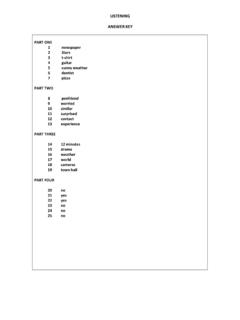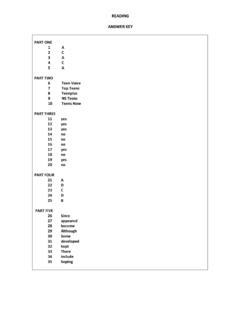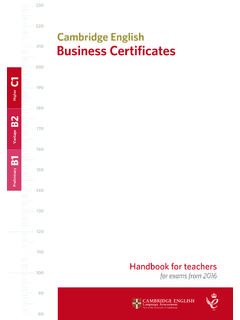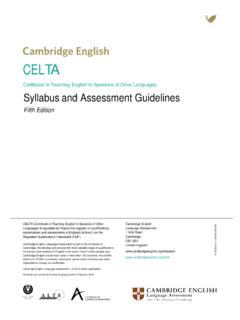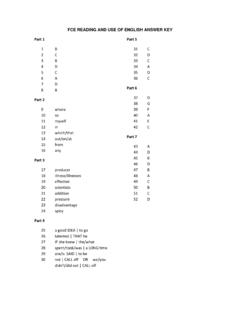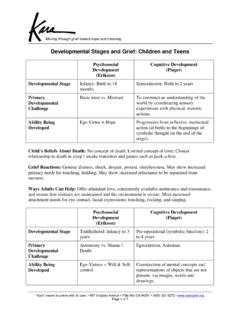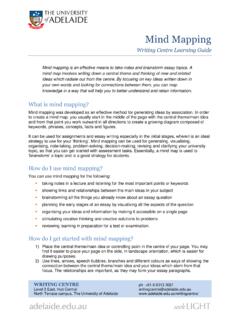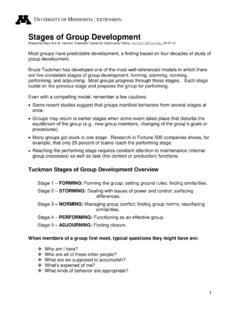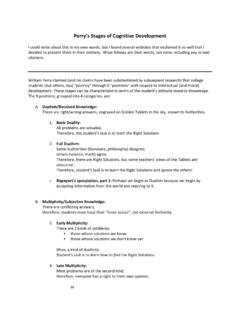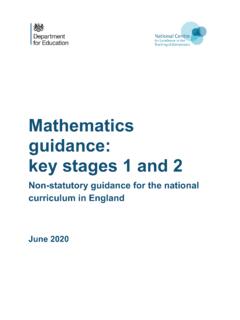Transcription of Pre A1 Starters Listening Part 1 - Cambridge English
1 1 Pre A1 Starters Listening part 1 Description This lesson plan has been created to help students prepare for Pre A1 Starters Listening part 1. This lesson plan can be delivered face to face or online. The online options column gives teachers ideas on how the stages could be adapted for teaching online. In this lesson students review and practise colours vocabulary, and answer questions about a picture. They complete a Listening part 1 task (listen and draw lines). Time required: 45 minutes (can be extended or shortened as required) Materials required: Pre A1 Starters sample task picture (see below - sent to parents in advance and printed if possible) Prepared presentation/PowerPoint slides Colours worksheet (see below - sent to parents in advance and printed if possible) If possible and appropriate, ask parents to provide children with coloured pencils to use during the lesson Realia or coloured pencils to show examples of things that are different colours ( fruit, books, clothes) Pre A1 Starters Audio file Aims.
2 To review 10 colours to complete a practice Pre A1 Starters Listening part 1 task Procedure Lesson Stages Online options Greet the students as they arrive. Check they know how to switch their audio and video on. Warmer what colour is it? Hold up an item from your realia (or a coloured pencil). Ask: What colour is it? Add support by asking Is it [red]? (Yes/no) Repeat with other items. Model and drill the colours that children have difficulty with: It s purple, It s green etc. Say: Show me something [red] . Children hold up or point to a crayon or other item of that colour. Let students lead the activity now: one child says Show me [green] and the other children have to hold up or point to something of that colour.
3 Send the colours worksheet to parents beforehand to print out or display on the children s screens. Children hold up an item to the camera. If they don t have coloured items to hand, they can hold up the printed sheet of colours and point to the colour you say. If they don t have a printed copy, share one on your 2 Let children lead the other activity too: For stronger classes/students: Drill the question What colour is it? They take it in turns to hold up an item and ask What colour is it? The other students shout out the answer. For more support, children can just hold up the item and the other children say the colour.
4 Screen and they can use Annotate to point . Vocabulary colours Display the worksheet. Point to the first coloured circle and ask: What colour is it? (red) Show the words. Point to different words. Ask Is this [red]? (yes/no) Point to the spaces under the red circle. Say: Write red here write in the spaces, showing children there is one letter for each space. Children write the other words next to the correct colours. They can check their answers in pairs. Elicit and check answers (see Materials). Optional extensions (to do here and/or after the Listening ) Ask students to draw something for each colour Draw something red could be an apple, a traffic light etc.
5 They can use coloured pencils for this For stronger classes, say a colour. Students shout out things that are that colour. Help with vocabulary and translate into English as necessary. Model: My favourite colour Ask: What s your favourite colour? Review clothes What colour is your t-shirt/shirt/skirt]? or Stand up if you re wearing black shoes Sing a rainbow song, like this one. Scroll down until you find this image: Share your screen. Point to different colours with your mouse. If you have Annotate, children can use this to stamp on the colours as you say them. If not, they can hold up the sheet and point to the colours as you say them.
6 Use Annotate to write the words under the colours. Share your screen with the answers. Ask children to share their screen or hold up their worksheets so you can check what they have written. Listening Preparation To get children ready to listen, ask them questions about the picture (see materials). Point to things in the picture. Ask: What s this? What colour is it? Point to the bike. Point to the tree. Elicit or teach the following vocabulary which is key for the Listening task, modelling and drilling so that children will be able to recognise it when they hear it: Share your screen. Children point by holding up their worksheet, or by using Annotate, or you can point to different things on the screen and ask yes/no questions Is this a blue bike?
7 Is this a yellow T-shirt? 3 ducks, kite, book, tree, bike, cats, boy, girl Listening example Tell the students to look at the picture and listen to the example. Play the audio (from Look at part 1 Stop after This is an example ). Point to Pat, the cats, and the line as the audio refers to them. Listening 1 Tell students they will hear about 5 more people. They need to listen and draw a line from the name to the person in the picture. Elicit that there are 6 names, so one of the names will have no line. Play the audio (fr om Here s a Stop after He loves it ). Ask students to compare their answers with a partner.
8 Do not check answers yet. Tell them not to worry if they didn t draw, they can listen again. Listening 2 Tell students they will hear the Listening again. Play the audio (from Now listen to part 1 again . Stop after That is the end of part 1 ) Ask students to check again with their partner. Finally, play the audio again, stopping to elicit and check answers (see Materials). Give lots of praise for correct answers and good guesses. For example, identifying the name is a good start, even if they drew the line to the wrong place on the picture. If students had difficulty with any of the answers, play or read part of the audio script aloud and point to the names and picture at the same time.
9 Alternative for extra support You may wish to set this additional first Listening task: Listen and tick the names you hear. This will eliminate the extra name which can be a distractor. Or, students could write a number next to the names they hear. Then the second Listening task is to draw a line from the name to the person in the picture. Give children lots of praise for what they got right. Use your mouse or Annotate to highlight Pat, the cats and the line in the example. You could ask students to use Annotate to draw lines from the names to the pictures. You won t know who drew what (unless you get them to choose different colours), but you can see how many children have understood.
10 Or, ask them to hold their worksheets up so you can see. Children could share their answers in the chat. Share your screen to show the answers, or write them over the question sheet using Annotate. You could nominate students to use Annotate to write the answers. Optional extension Repeat the vocabulary games or song from the Optional Extensions section above. Or play a game with the picture Who can Homework 4 You could set the Practice worksheets, to practise colours and clothes (see Materials). Materials Listen and draw lines. There is one example. 5 6 Answer key 7 Colours Write the colours.
